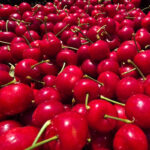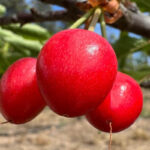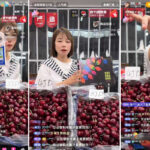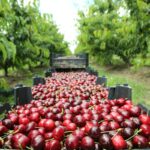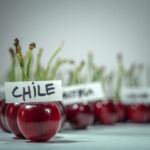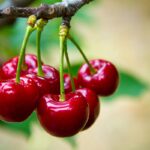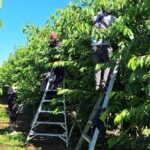Positive signs for California-bred Frisco cherry variety in Chile

Expectations are high for a California-developed cherry variety that is being tested in Chile, where a company recently held a field day to present the results of the initial trial harvest. 
Fresh Fruit Portal attended the Fundo La Diana de Agrícola Giddings farm based in San Fernando, where the harvest of the Frisco variety began on Nov. 20 this year.
Fruit nursery A.N.A. Chile obtained the license for the variety in 2014, and while the first fruit was harvested during the 2016-17 season, volumes were very small and so it had been decided to wait until this season to draw any solid conclusions about its behavior.
At the Fundo La Diana farm, researchers are experimenting with a range of different management techniques for the Frisco cherry trees to establish the best growing practices.
According to observations made by A.N.A. Chile, one of the most successful harvests has come from using Colt rootstock, which achieved productivity of 1,080 pieces of fruit per plant and an estimated per-hectare yield of 12,000 kilograms.
The average size of the first was reported to be 30.8 millimeters, with Brix levels of 15.9 - 18.7.
Firmness levels were also reported to be good, and no more than 2% of harvested fruit is expected to fail to meet export standards because of splitting.
A.N.A. Chile general manager Luis Fernández highlighted that along with the taste and size, one of the key advantages of the cherry was its early harvest timing and good post-harvest characteristics.
Fernández added the trials had been very promising in Europe.
"We licensed the first 300 hectares six months ago and we expect 40 to 50 hectares to be planted in 2017 and another 50 hectares annually until the full amount has been planted," he said.
A.N.A. Chile category manager for cherries and pome fruit, Lorena Pinto, believed the variety would be well suited to the Asian market - to which the vast majority of Chile's cherry exports are shipped. He said this was in part due to its firmness which meant it would hold up well during long journies.
















